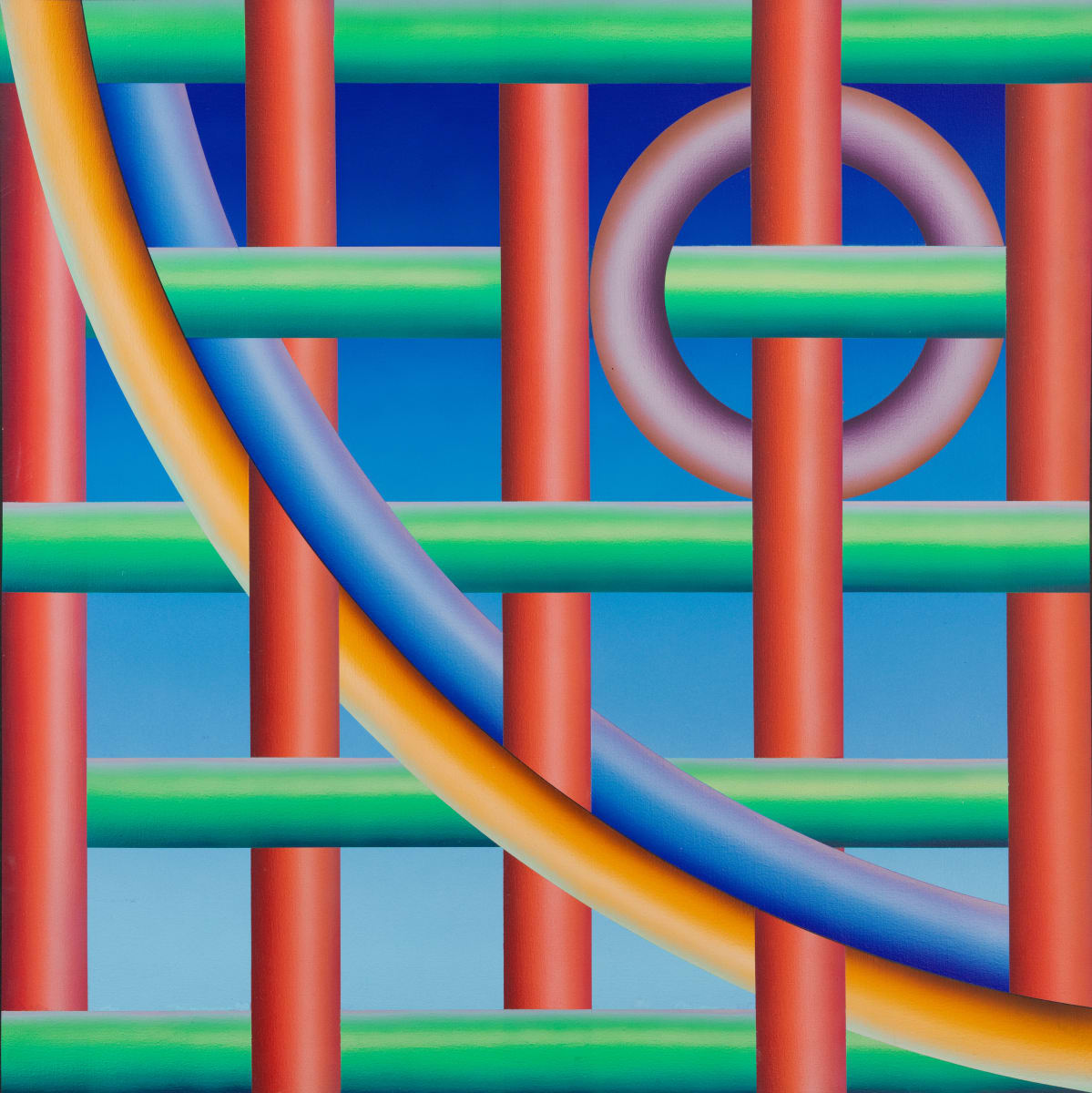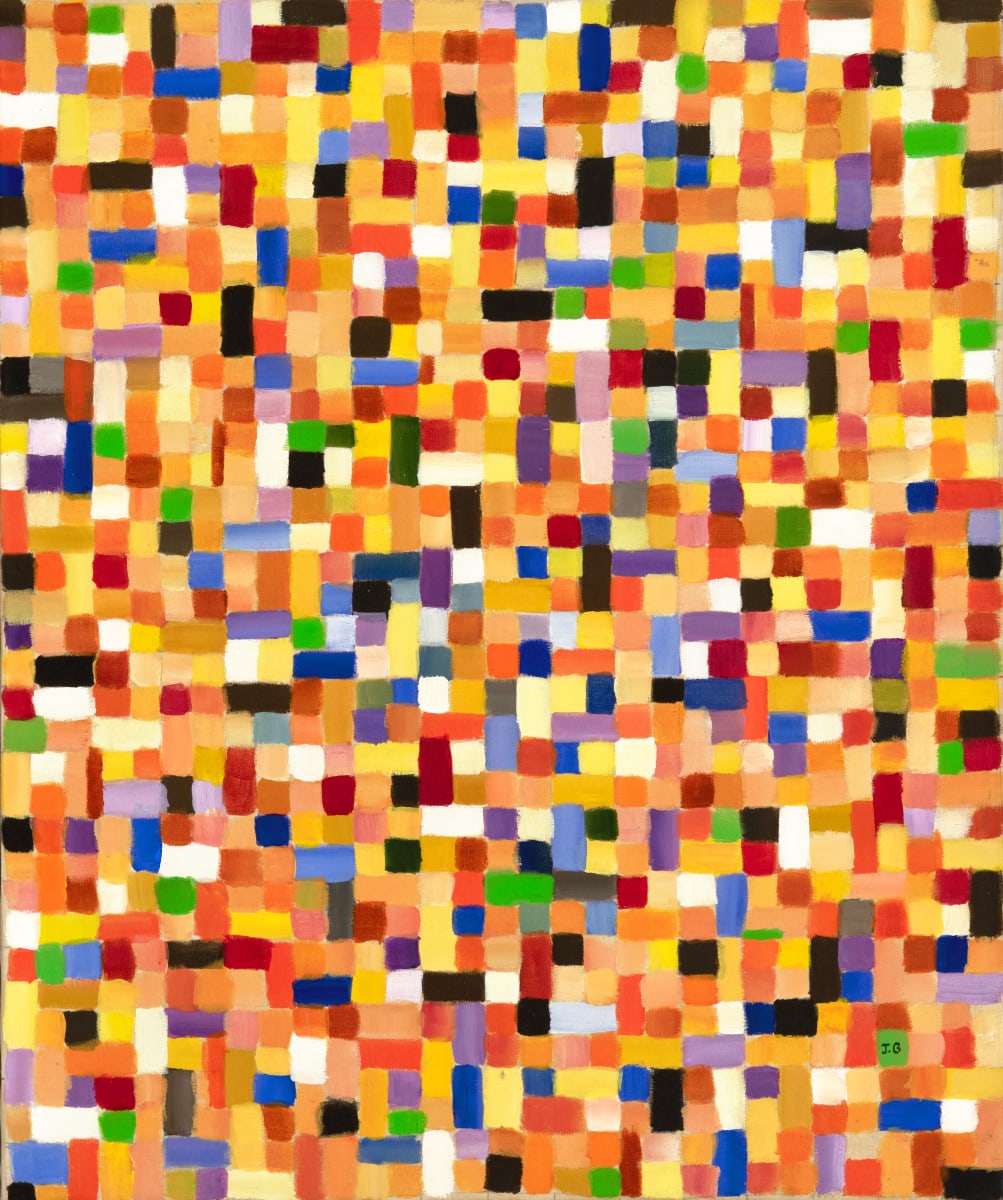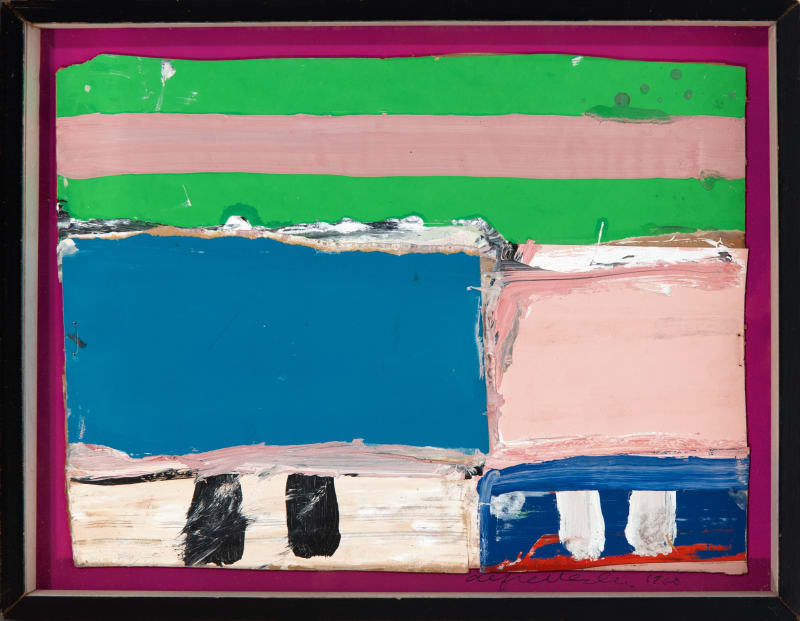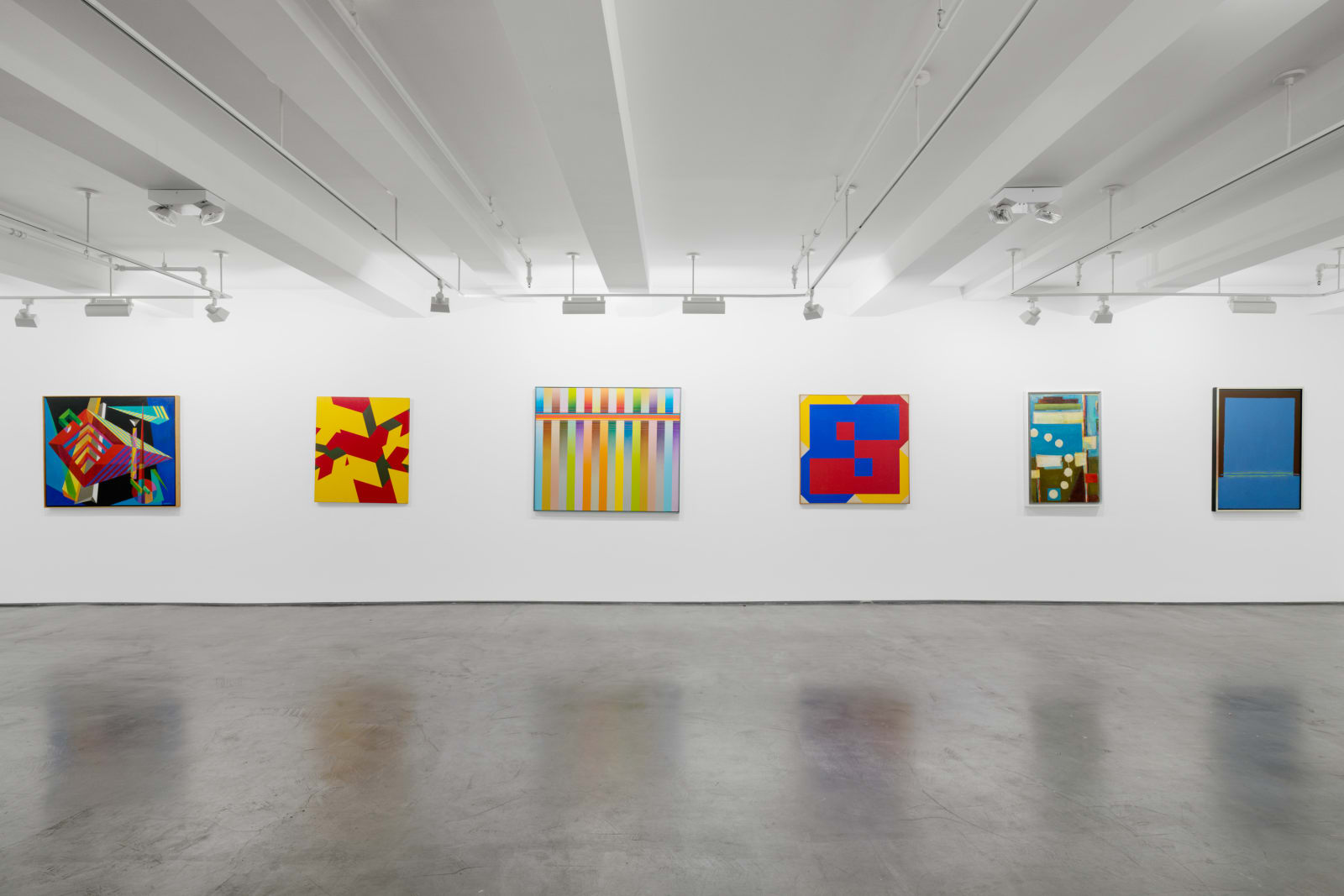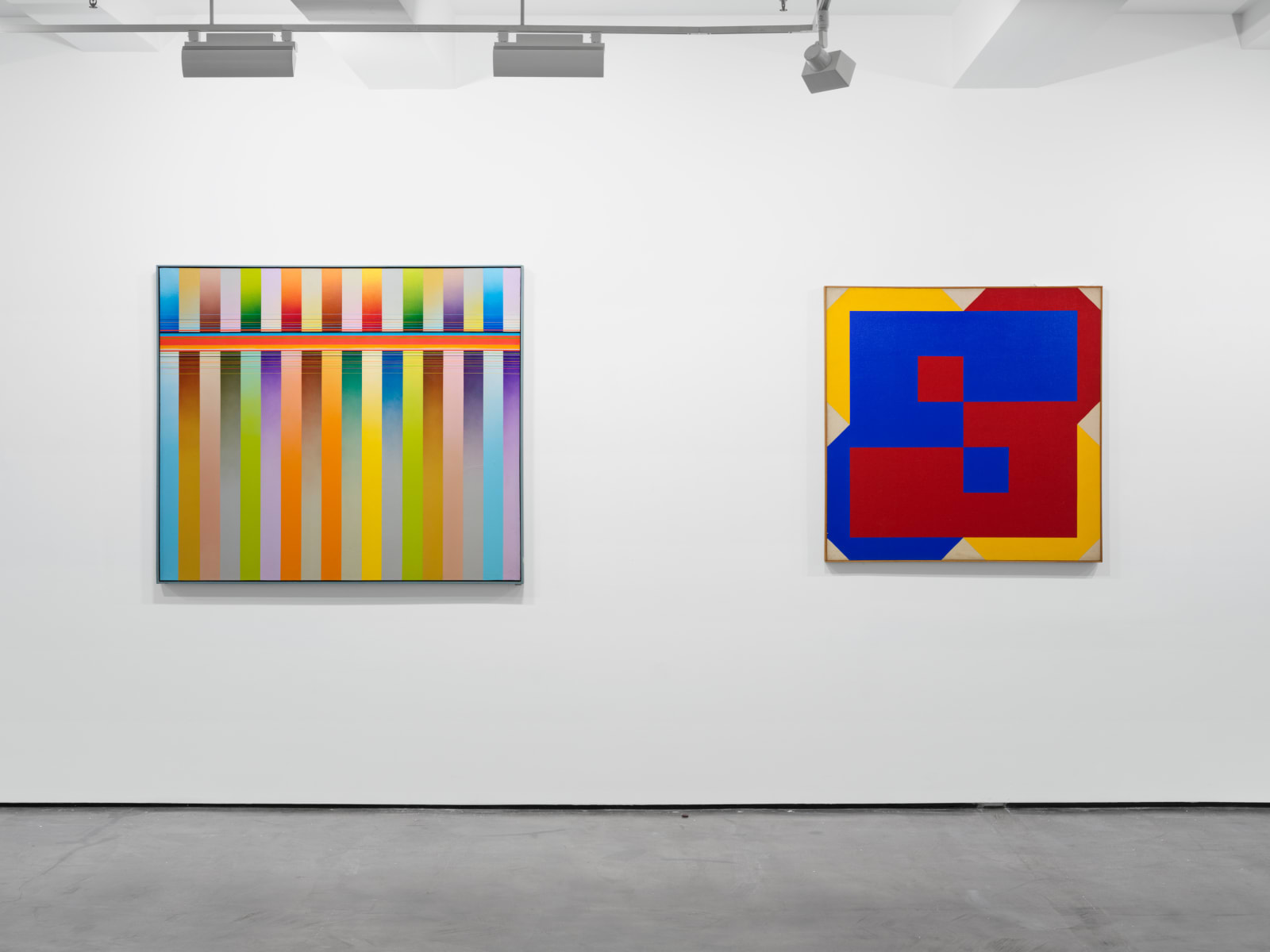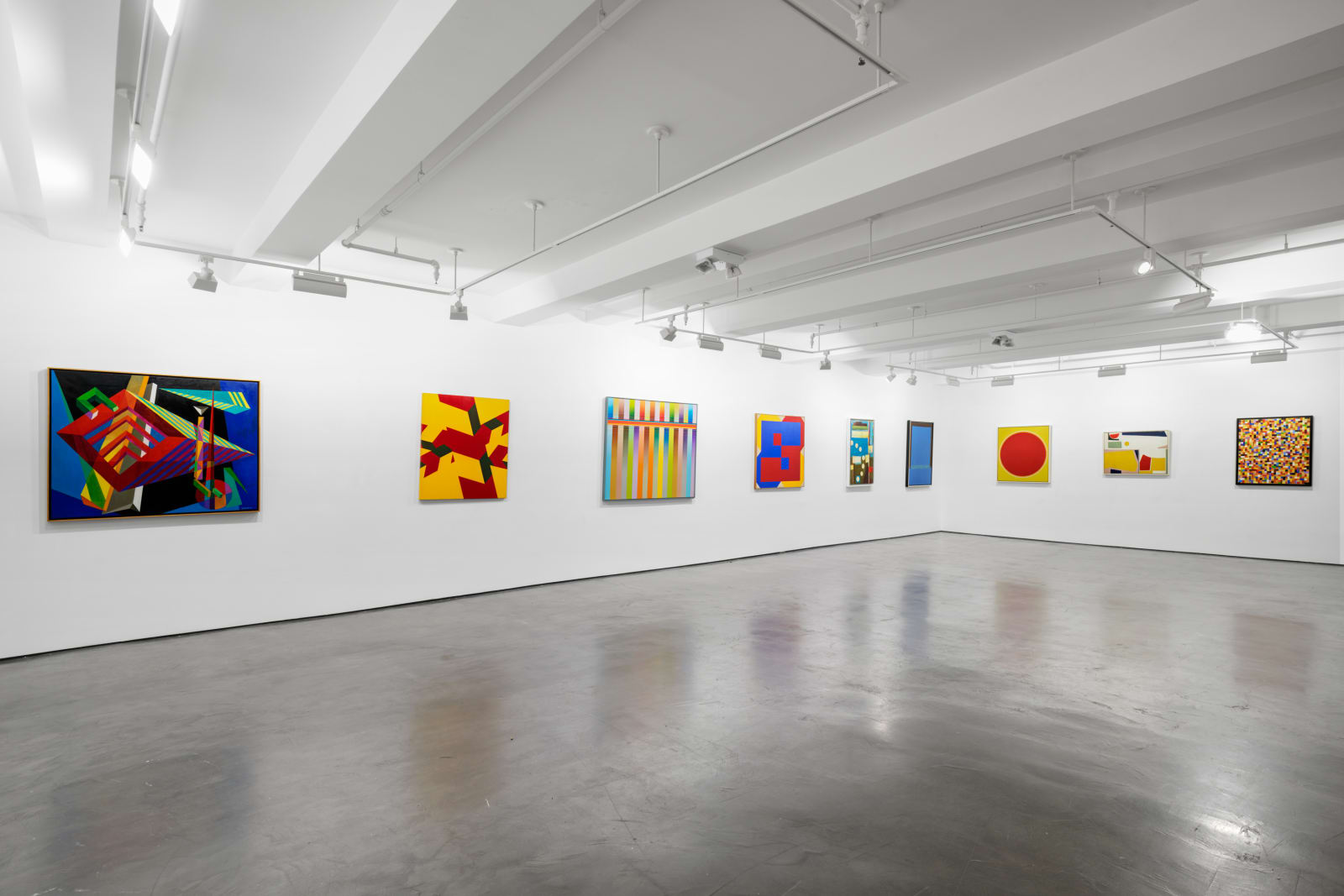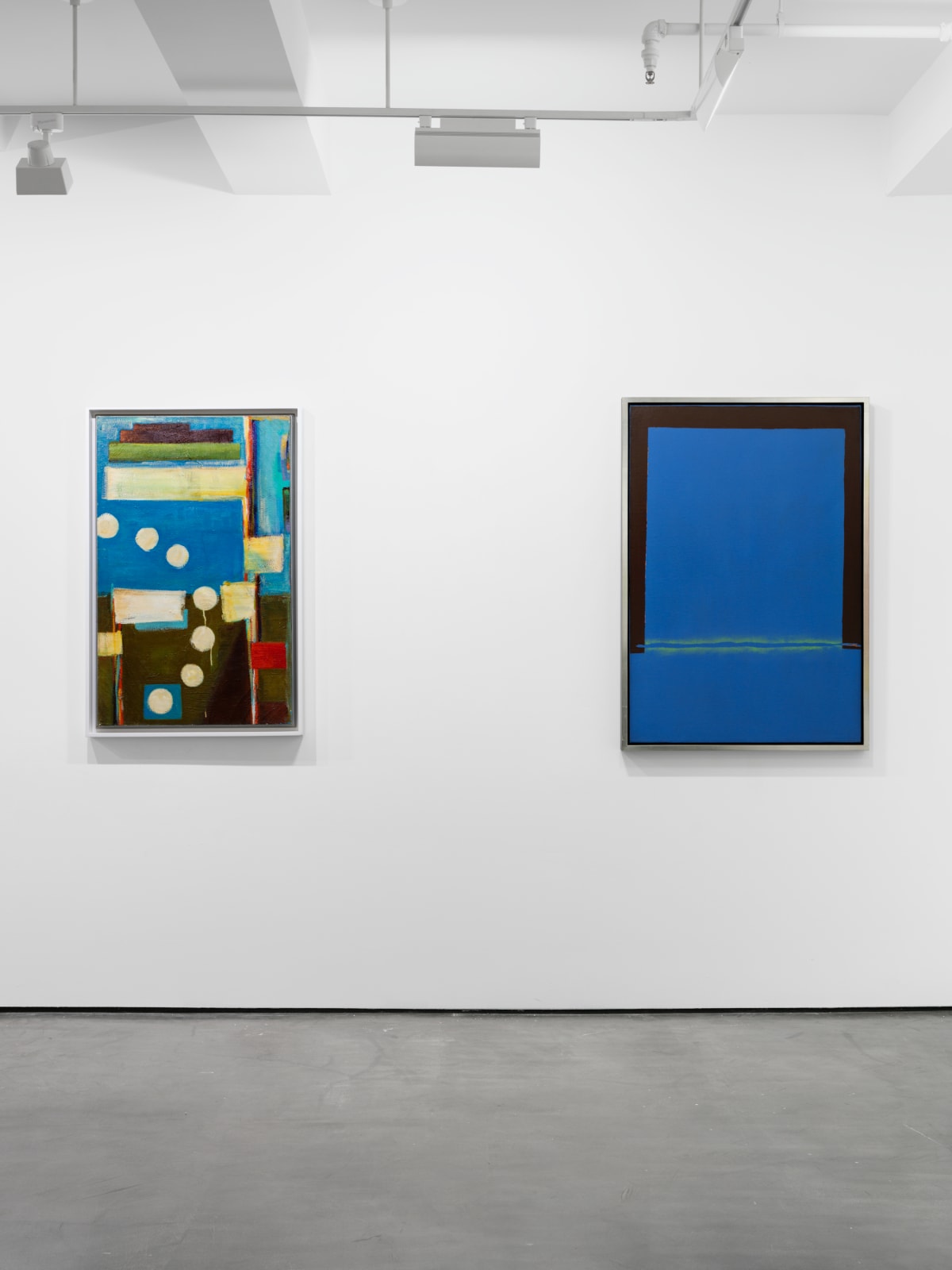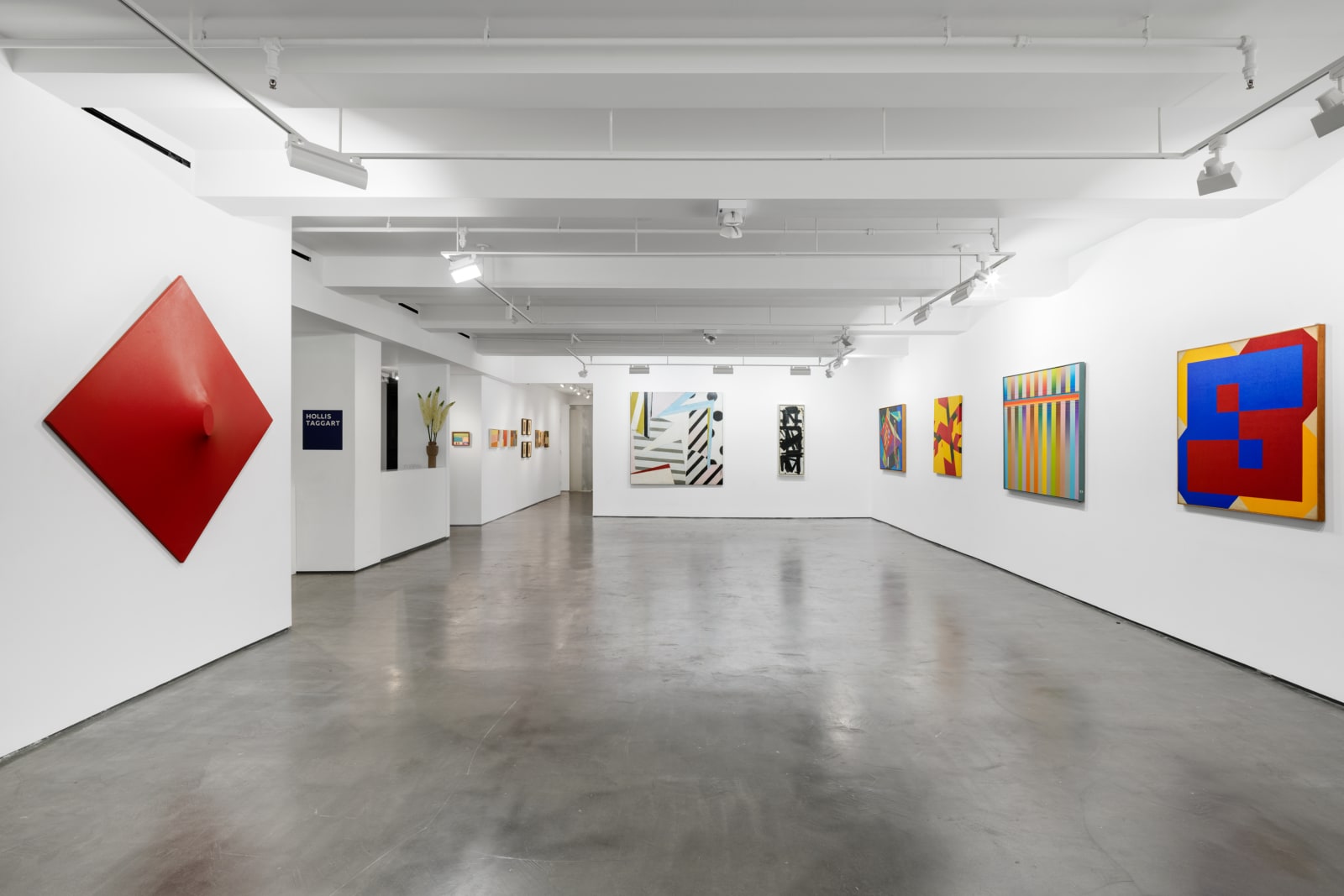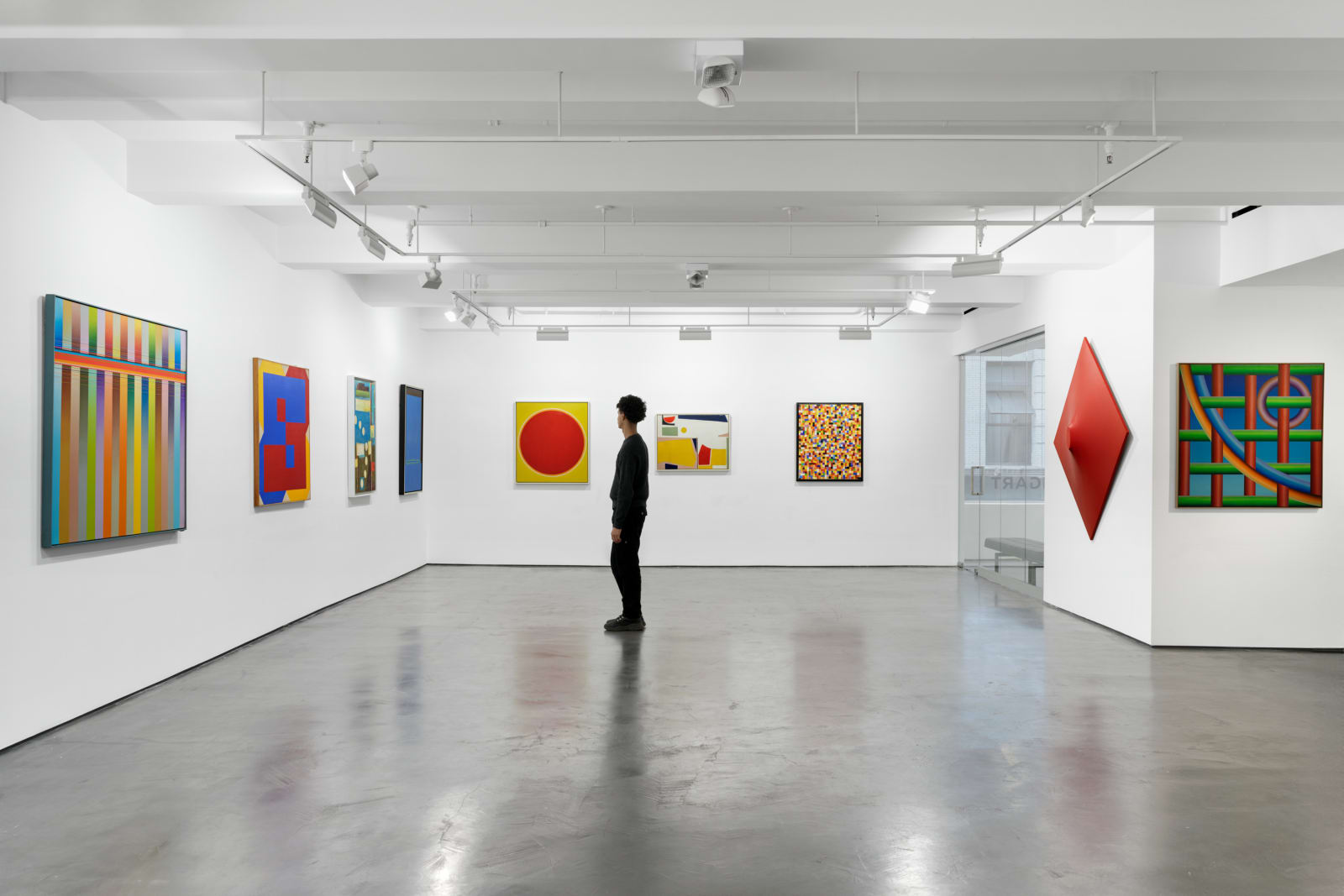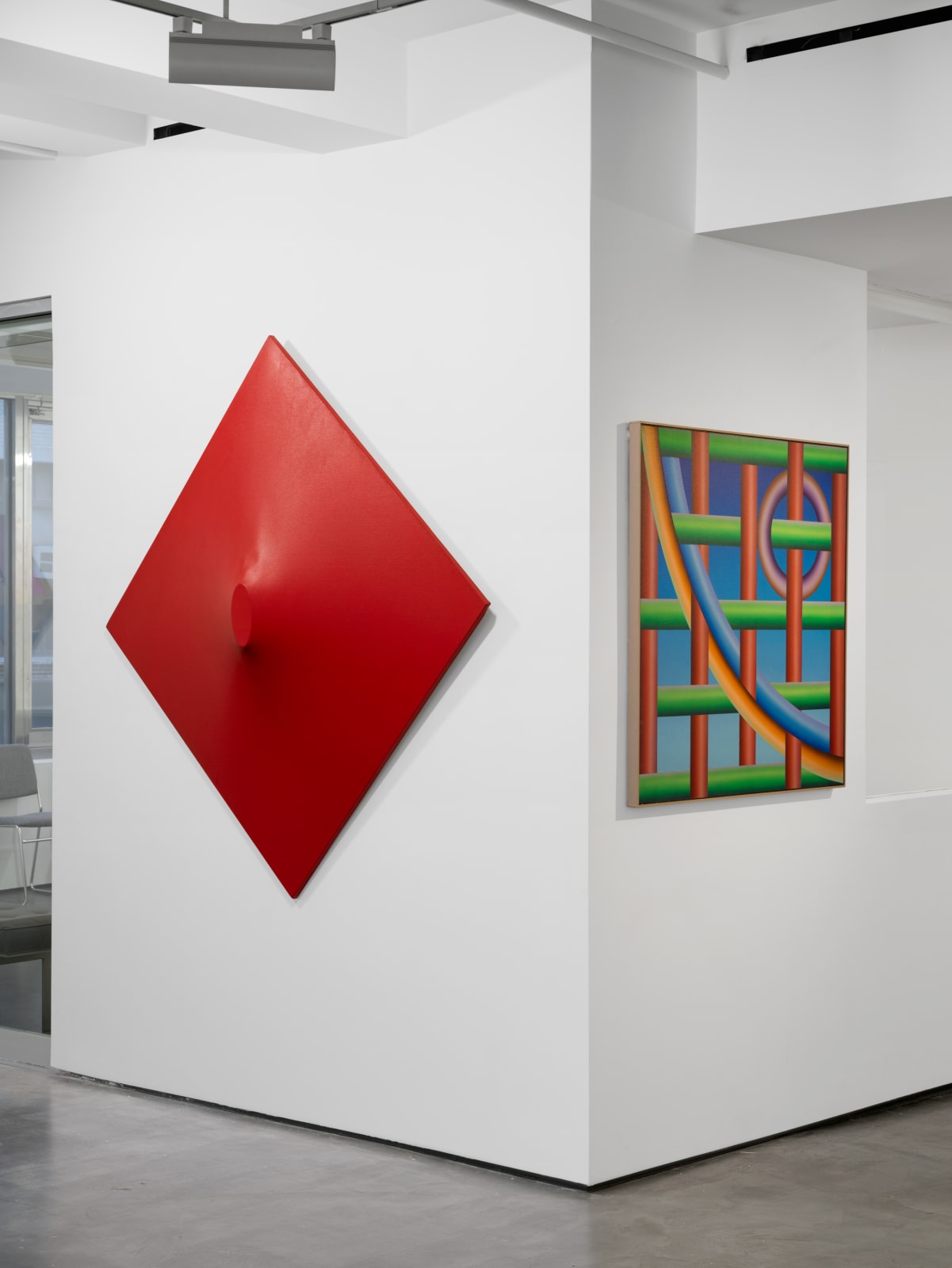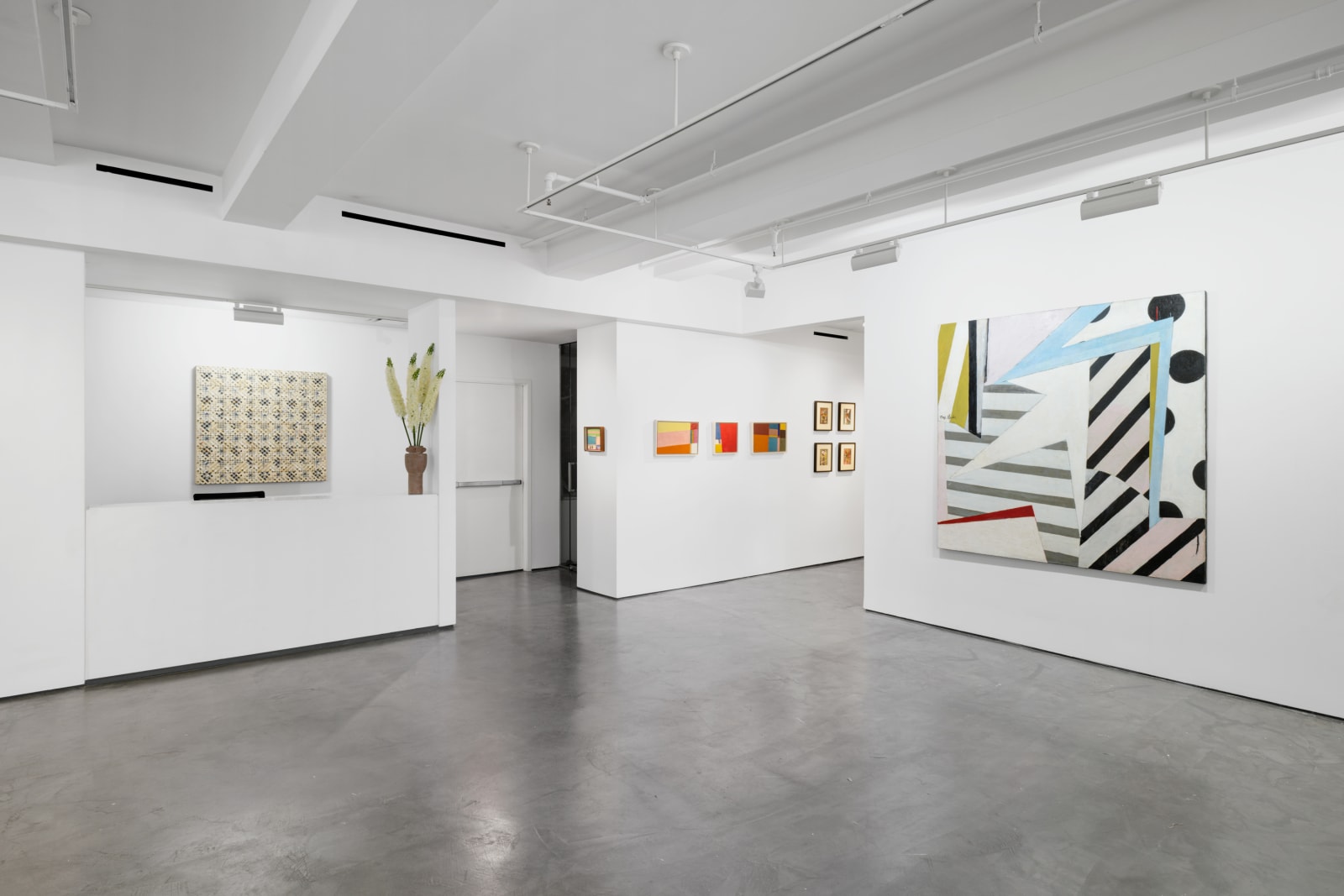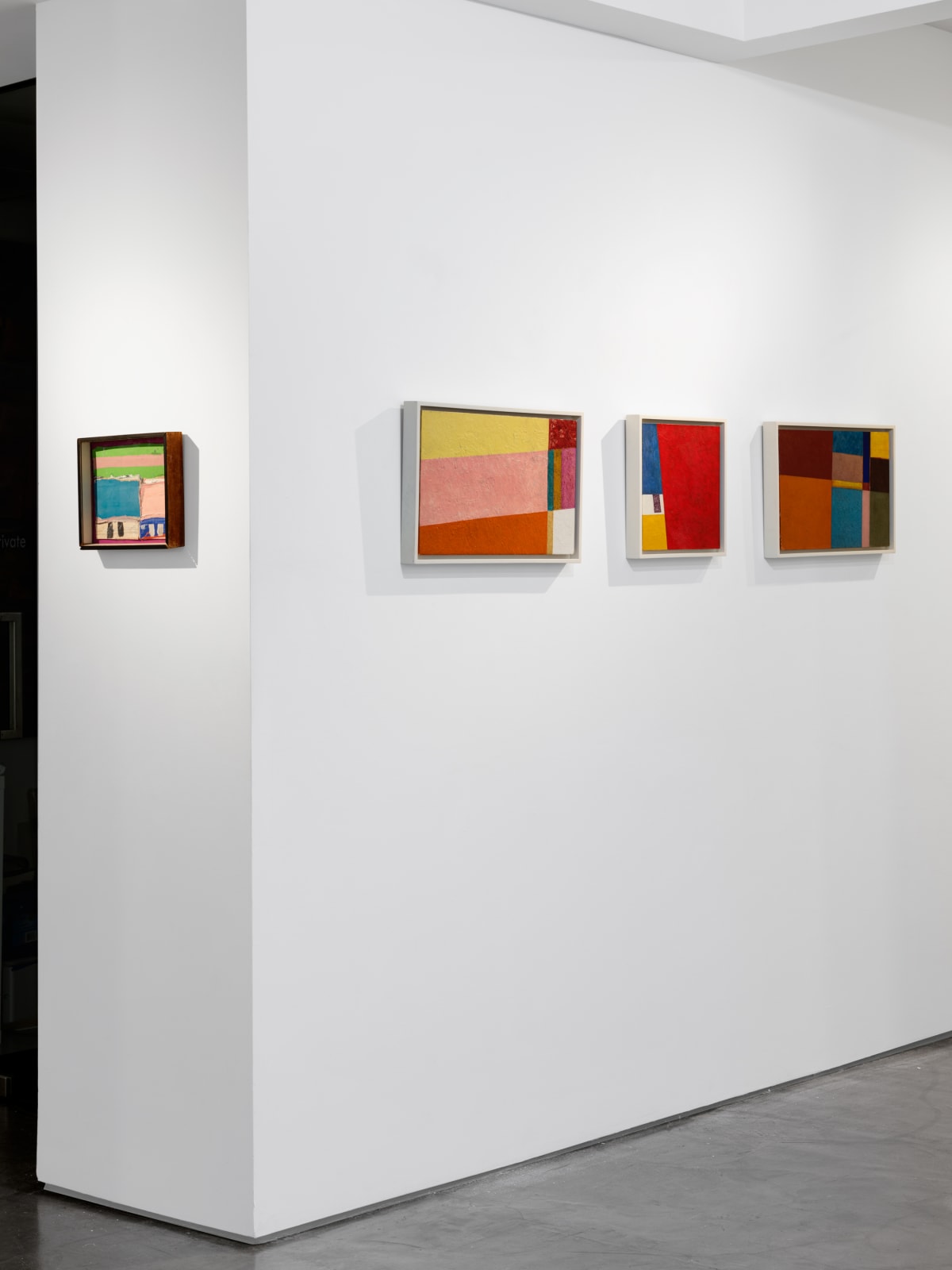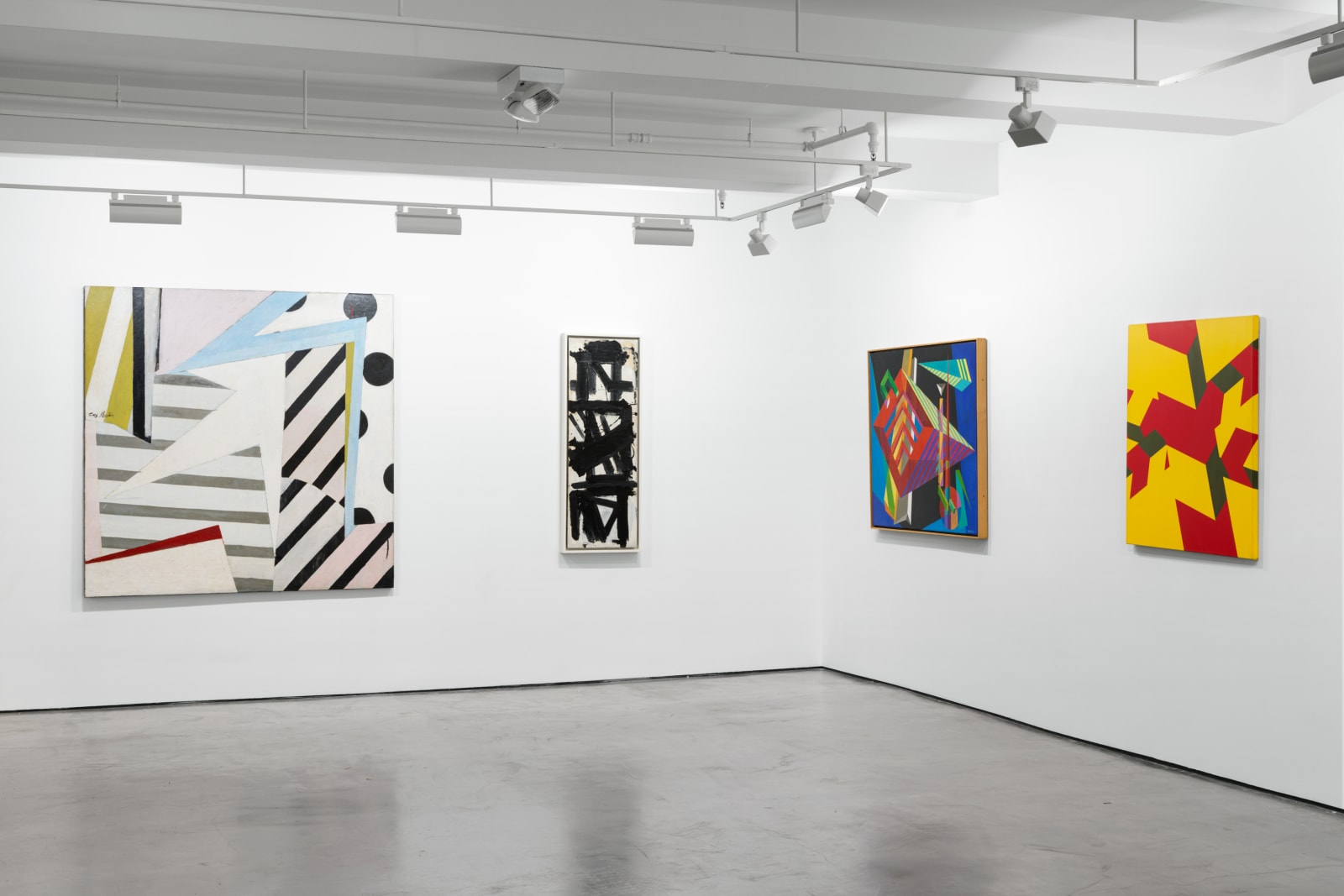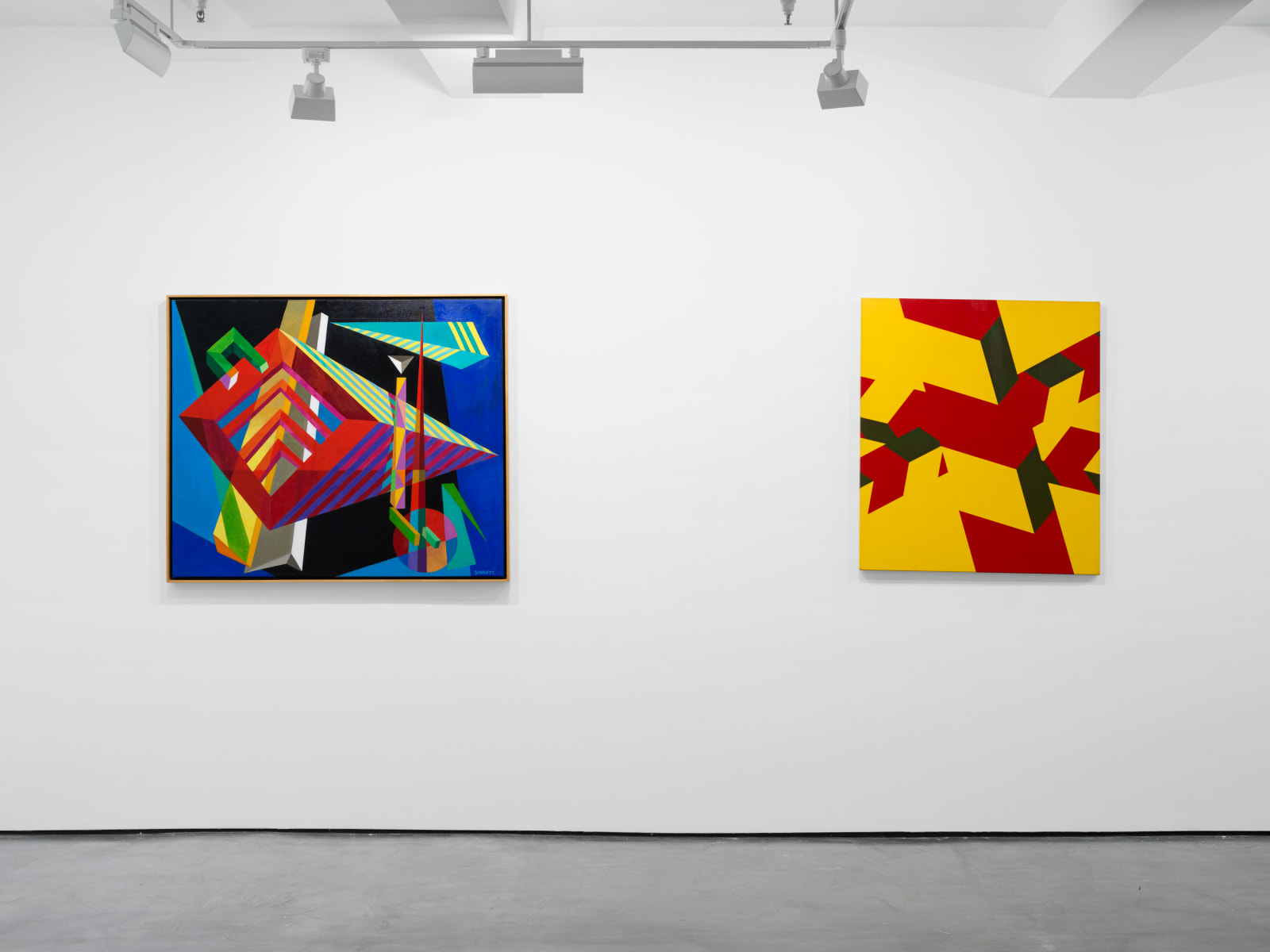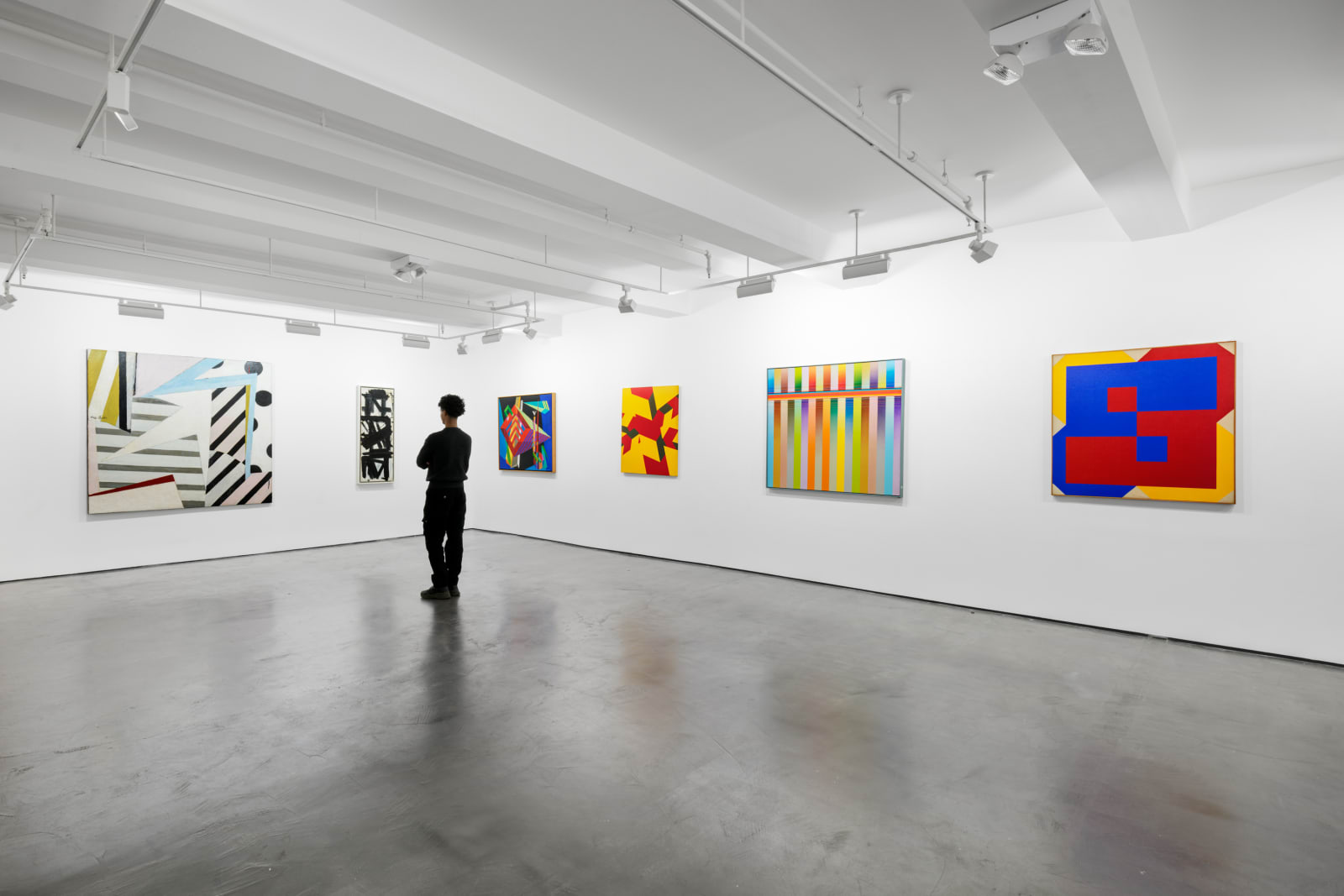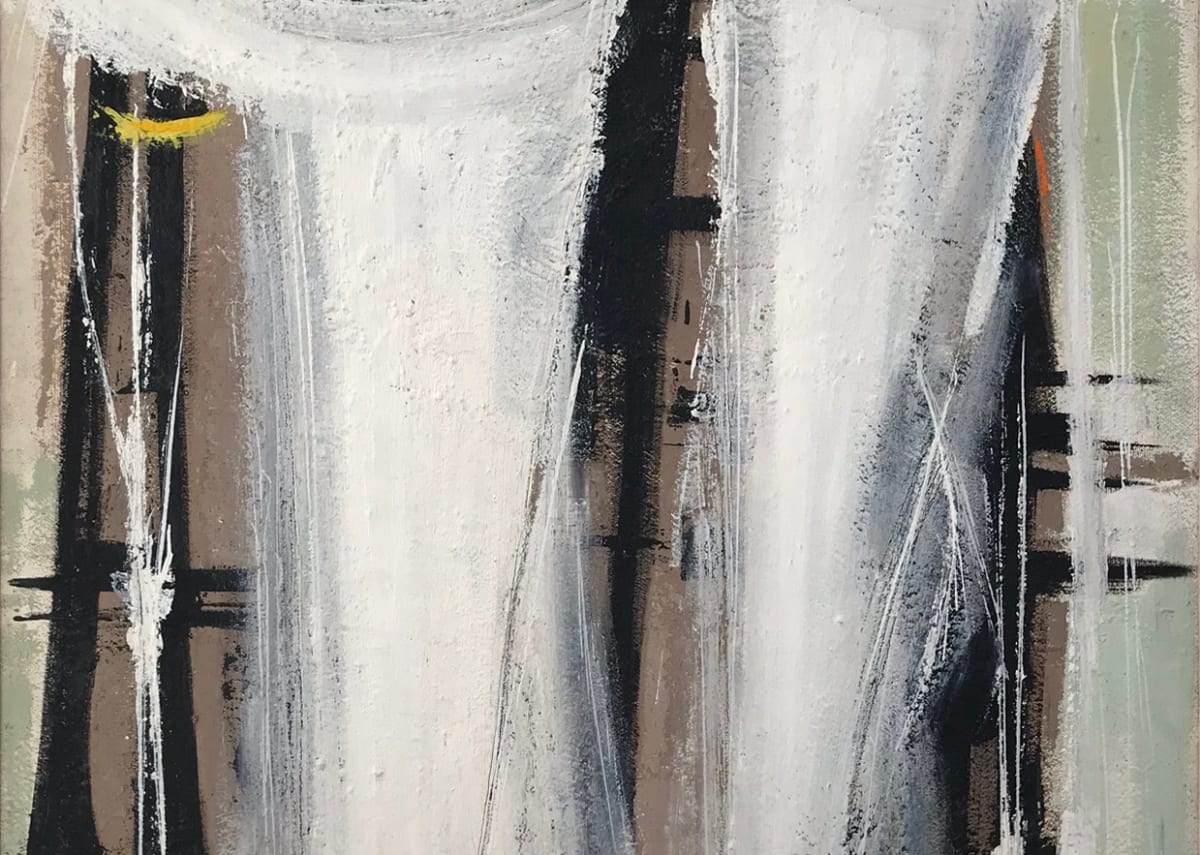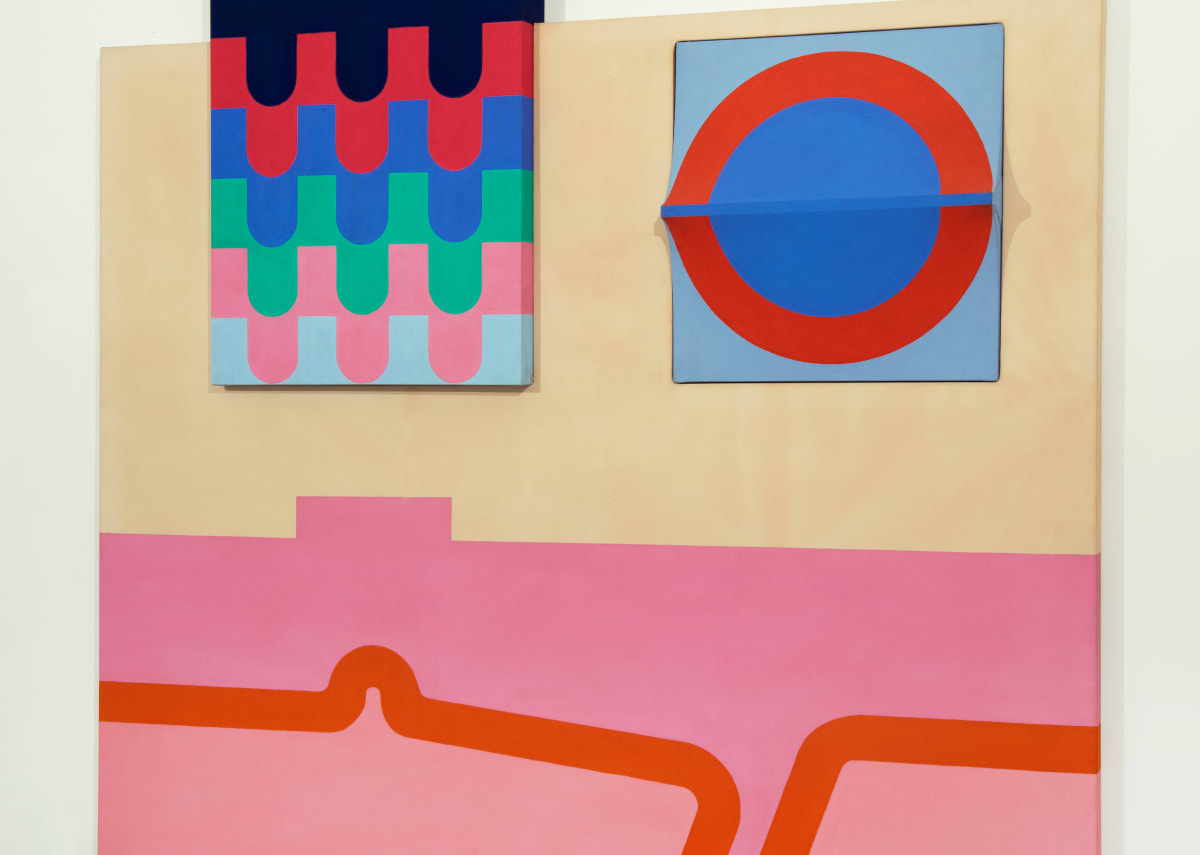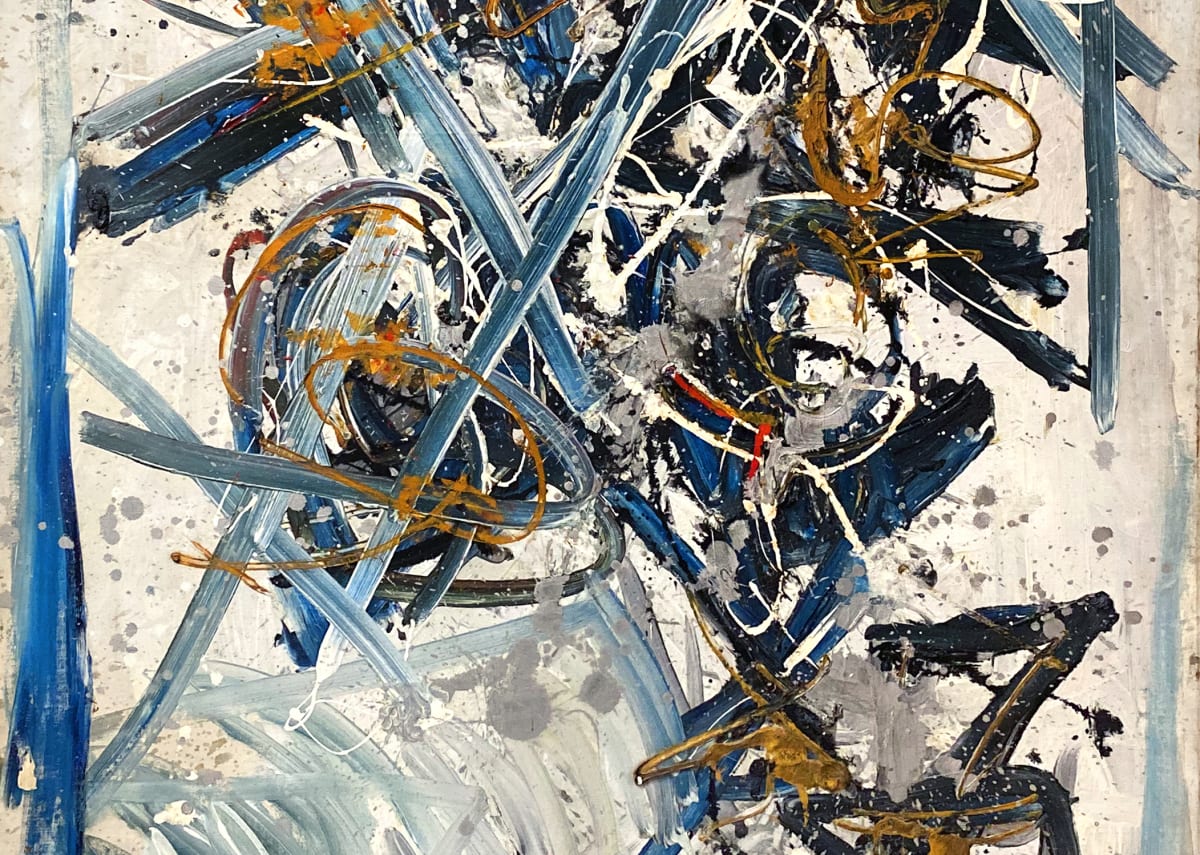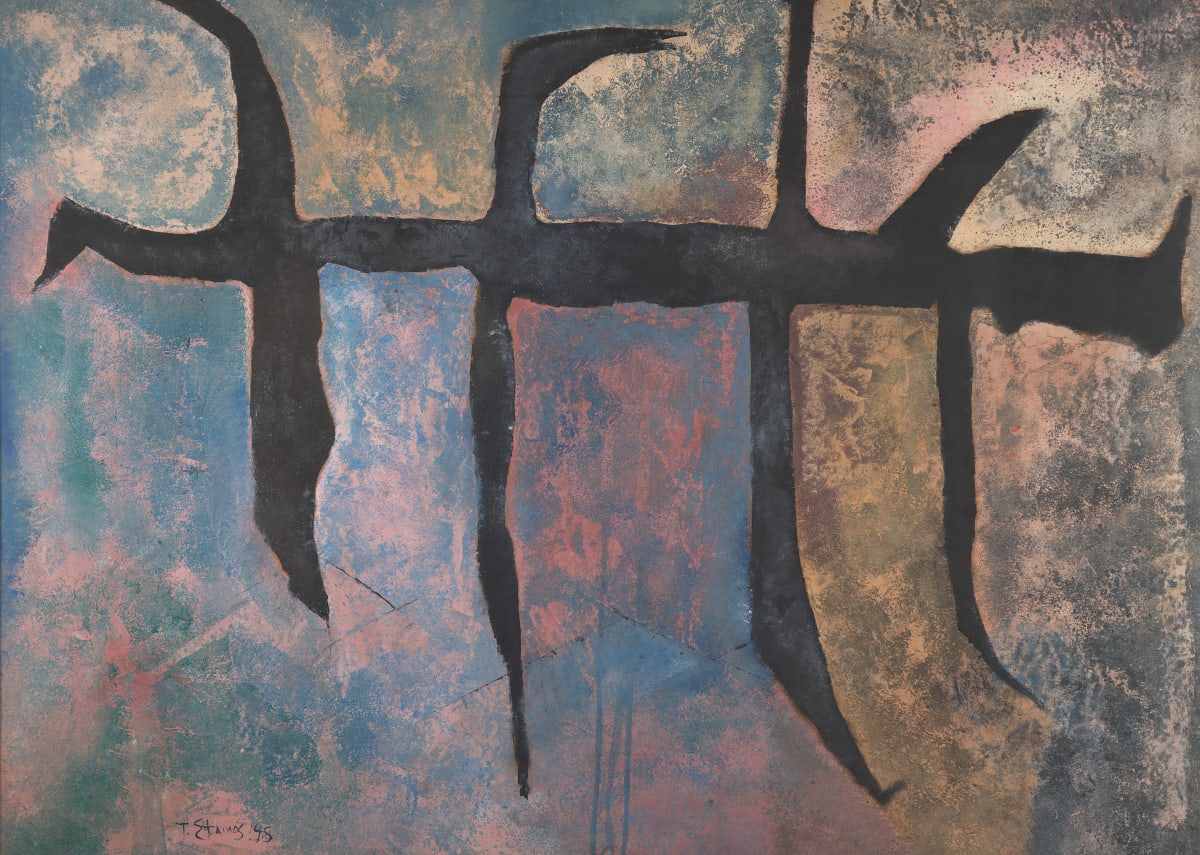
‘Geometry is to the plastic arts what grammar is to the art of the writer.’ ––Apollinaire
Can we speak of a geometric abstractionist tradition within postwar American art? In 1936, when Alfred Barr, the director of the then-new Museum of Modern Art, wrote that the two main strands of abstract art consisted of the expressionistic and the geometric, he was observing a geometric strain developing through Cubism, Constructivism, and the abstract 'pure' forms of Mondrian. (1) With the founding of the Guggenheim Museum of Non-Object Painting in 1937 and the first American retrospective of Mondrian in 1945 at the MoMA, geometric abstraction in the United States began to play a driving force in the development of postwar art.
Dynamic Rhythm: Geometric Abstraction from the 1950s to the Present takes as its starting point the year 1950, which marks the end of World War II and the beginning of Abstract Expressionism. Abstract Expressionism was critical to the development of geometric abstraction in the United States, as can be seen in the works of Jimmy Ernst and Michael (Corinne) West, whose geometric investigations in the show are shot through with the intuitive fluidity of Abstract Expressionism. Though often mobilized as a dialectic 'other' against more painterly, gestural modes, geometric abstraction encompasses within itself an astonishing range of philosophical, aesthetic, and conceptual approaches.
The artists in this exhibition all explore the radical notion that 'color, form, and shape have a life or reality of their own. (2) The works of John Grillo and George Vranesh expertly generate a sense of planar tension and are attempts to work through Hans Hofmann's 'push-pull' color theories. The expansive fields of color in the works of Ludwig Sander have been described by Irving Sandler as suggesting the space of landscape, (3) while artists such as Theodoros Stamos and Leon Berkowitz are more concerned with exploring a poetics of color in a geometric mode in Infinity Field, Lefkada Series (1969) and Galilee (1965), respectively. The graphic precision and insistent flatness of Allan D'Arcangelo's Landscape (1969) speak to the artist's Pop sensibility, while the linearity of Roy Newell's Untitled works and Richard Pousette-Dart's Small Cathedral (1979) evidence a more metaphysical endeavor.
Through its generational spread and its sheer visual power, the exhibition invites closer examination of the capacious nature of geometric abstraction in postwar America, and how the parameters of this category have been expanding and contracting over the last seventy years.
1) John Gordon, 'Geometric Abstraction in America,' exhibition catalogue for Geometric Abstraction in America at the Whitney Museum of American Art, 1962.
2) Michael Auping, 'Fields, Planes, Systems: Geometric Abstract Painting in America Since 1945,' exhibition catalogue for Abstraction Geometry Painting: Selected Geometric Abstract Painting in America Since 1945 at the Albright-Knox Art Gallery, 1989.
3) Irving Sandler, 'Sander Paints a Picture,' Art News (New York), Sept. 1959, p. 57.
For more information about Dynamic Rhythm, please contact us at info@hollistaggart.com or +1 212.628.4000.
For press inquiries, please contact Aga Sablinska at aga.sablinska@gmail.com or +1 862.216.6485.









